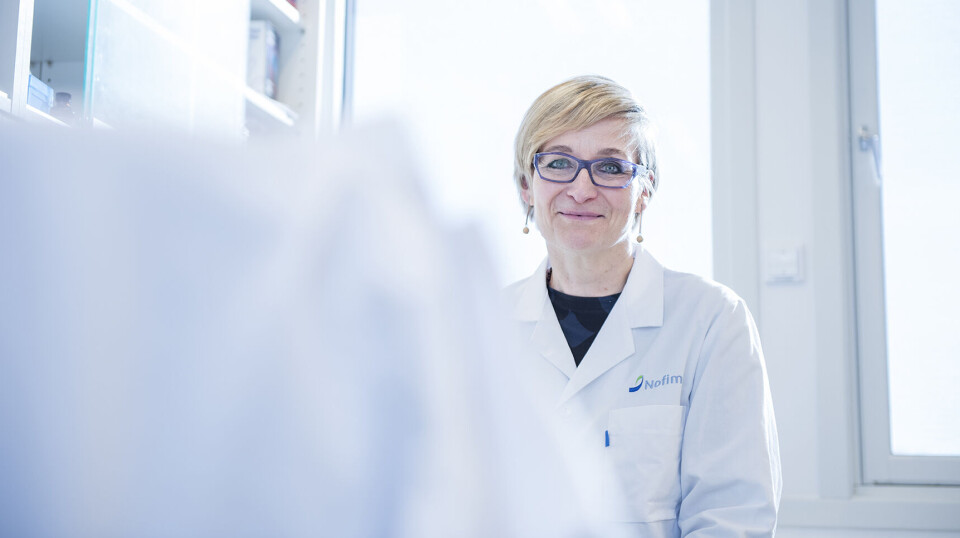
Broodstock selection is reducing unwanted spawning in cod farms
Selecting farmed cod broodstock for their growth characteristics is helping to reduce the chances of the fish spawning in pens, researchers in Norway say.
The country’s cod breeding programme is run by research institute Nofima, which supplies fertilised eggs to farmers. Previously, cod in the breeding programme could spawn three times before reaching harvest weight. After being selected for growth, they spawn once.
Spawning is undesirable in fish farming. For the farmer, spawning means reduced growth. For the environment, there may be a risk of spreading fertilised eggs in the sea which may lead to farmed fish offspring cross breeding with wild fish in the following generation.
Earlier this year Norwegian cod farmer Norcod was ordered by the Norwegian Directorate of Fisheries to harvest fish early after examinations of individual fish indicated that some of the biomass was going to reach maturity before the end of Norcod’s planned harvest period.
Many cod still reach sexual maturity prematurely if light cycles are not manipulated. In the industry however, development is controlled with light.
Less spawning, more meat
For six generations, Nofima’s breeding goal has mainly been growth. This has reduced the number of cod spawnings during the 20 months at sea before reaching harvest weight from three down to one.
Sexual maturation reduces the availability of resources that can be utilised for rapid growth. Energy is relocated from muscles and liver to gonads. Sexual maturation results in the cod spawning.
Recently, Nofima breeding scientist Anne Kettunen led a major trial in which she tested the extent of early sexual maturation on more than a hundred full-sibling families in net-pens in Nordland.

Genetic variation
The study showed that 84% of females and 91% of males reached sexual maturity at two years of age when they were not managed with light. Calculations show that there is considerable genetic variation in early sexual maturation in cod. A third of the trait depends on genes, the rest on the environment.
“This means that it is possible to breed for lower frequency of early sexual maturation, and thus further reduce the risk of spawning in net-pens,” explained Kettunen.
“In Nofima’s breeding work, we are looking for several solutions, where breeding is one of them. Of course, production management at the fish farms is also part of the solution.”
Green LEDs
One solution being pursued by Norway’s biggest cod farmer, Ode (formerly Gadus) is to use green LEDs.
Ode and research institute Møreforsking recently concluded the LuxCod project which focused on delaying sexual maturation by using light.
“This is an important breakthrough for the entire cod farming community and proves our potential to grow to a large share of the seafood category,” said Ola Kvalheim, founder and chief executive of Ode, in June.






















































